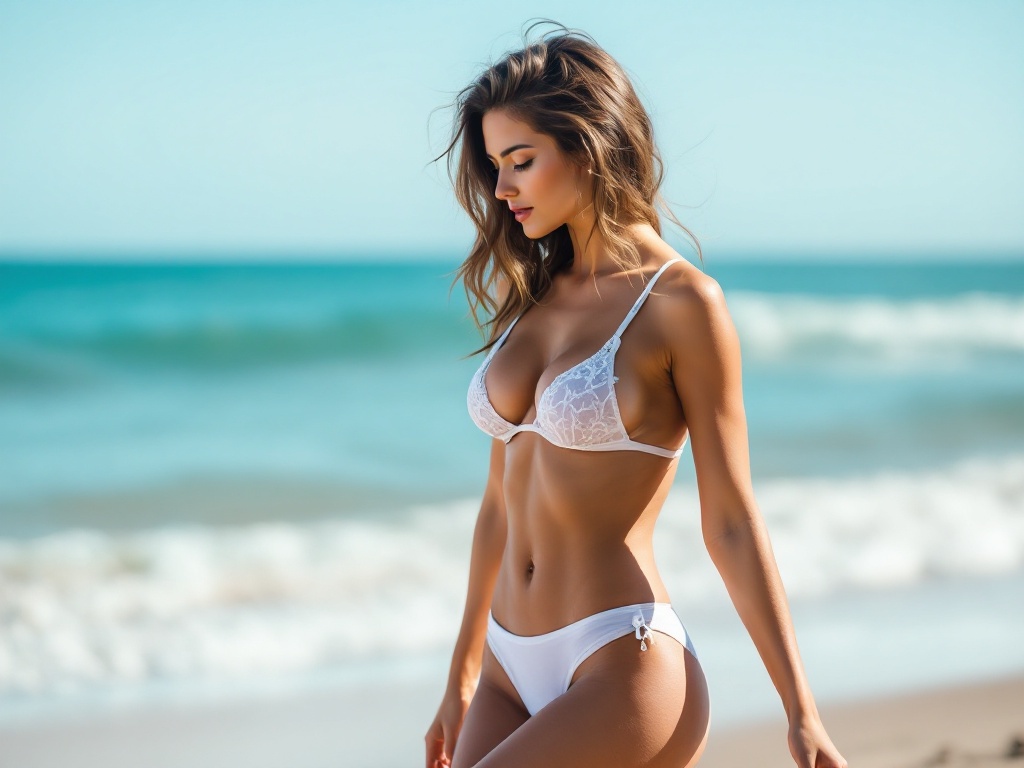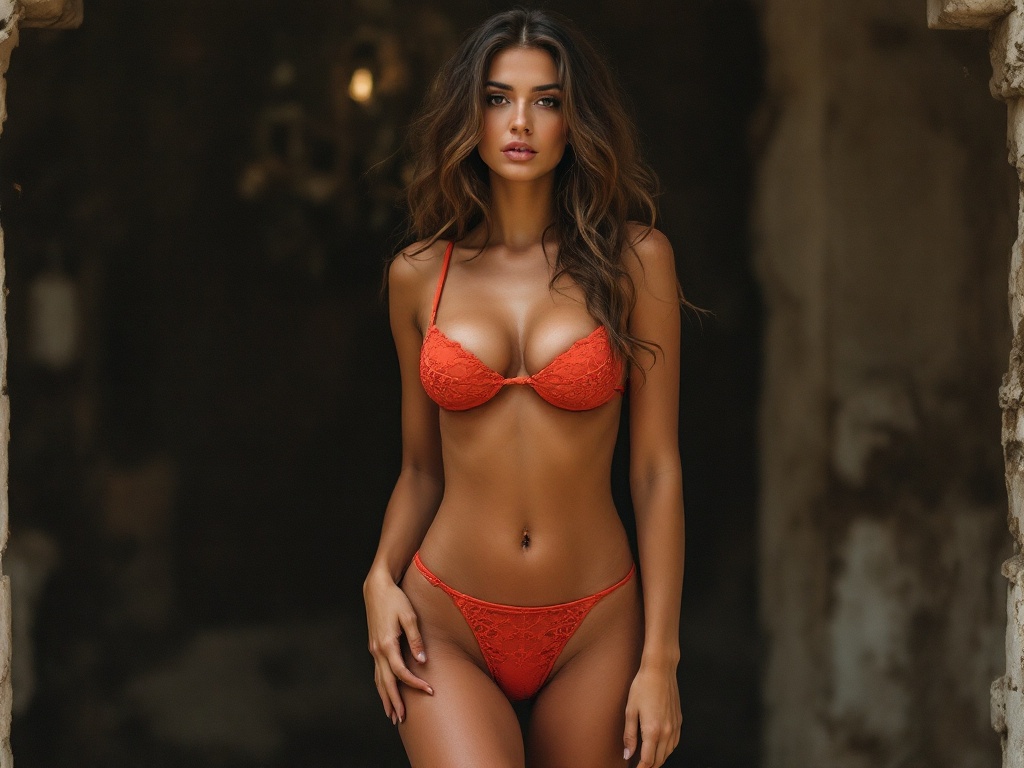Future Visions: Merging AI with Traditional Erotic Art Forms

In a world where technology is rapidly redefining the parameters of creativity, the marriage of artificial intelligence and traditional erotic art forms presents thrilling new opportunities. This fusion not only challenges our understanding of originality but also amplifies the diverse expressions of human sexuality and desire. As AI tools become increasingly sophisticated, they open the door for artists to explore uncharted territories, reinventing the canvas of eroticism. The interplay between the mechanical and the human nurtures a fertile ground for artistic innovation. Enthusiasts of both erotic art and cutting-edge technology are bound to find this contemporaneous evolution captivating. Ultimately, this article delves into how AI and erotic art can coexist, influencing the landscapes of both sensuality and creativity in profound ways.
The Evolution of Erotic Art

Erotic art has traversed an intricate historical journey, evolving from its ancient representations to modern interpretations. From the exuberant cave paintings to the sophisticated sculptures of the ancient Greeks, erotic-themed art has served as a mirror to human desire, communication, and cultural constructs. Each era has offered a unique lens through which sensuality is explored, allowing society to reflect on its ever-changing attitudes towards sex and intimacy. Major artistic movements, such as the Renaissance and modernism, embraced erotic motifs, empowering artists to push boundaries and challenge societal norms.
This genre’s cultural significance cannot be understated; it has often been the subject of suppression, censorship, and moral debate. Various cultures around the world have embraced erotic art, showcasing its ability to spark discourse around sexuality, identity, and engagement. Noteworthy artists, such as Gustav Klimt, Egon Schiele, and contemporary figures like Tracey Emin, consistently evoke emotional responses through their works. To grasp the full dimension of erotic art today, one must appreciate its evolution across time and civilizations.
Understanding AI in the Art World

With the rise of technology, understanding artificial intelligence’s role in art is paramount. AI refers to systems designed to simulate human intelligence, learning from vast datasets to create outputs that can mimic human-like creativity. Machine learning, algorithms, and neural networks are the components that empower AI to analyze artistic styles and generate new works. These technologies have revolutionized various art forms, manifesting in music, literature, and painting, each benefitting from AI’s innovative potential.
More recently, AI-generated art has captivated audiences, blurring the lines between creator and creation. This has led to a growing body of work that is both intriguing and controversial, making the exploration of AI’s impact in erotic art even more compelling. Artists now leverage AI not just as a tool, but as a collaborator, leading to novel expressions and insights that challenge traditional norms and encourage deeper explorations of desire.
| Type of AI | Description | Examples |
|---|---|---|
| Generative Adversarial Networks (GANs) | A class of AI that generates new images based on input datasets, often used to create unique artworks. | DeepArt, Artbreeder |
| Style Transfer | Technology that modifies images to adopt the style of a famous artwork or specific aesthetic. | Prisma, Deep Dream |
| Algorithmic Art | Art generated entirely by predefined algorithms, integrating randomness and artistic rules. | Joshua Davis, Casey Reas |
The Convergence of AI and Traditional Erotic Art
The intersection of AI and traditional erotic art creates exciting possibilities for artists. As AI enhances the creative process, it serves as both an assistive tool and a means of generative exploration. Artists can utilize AI to help refine their aesthetic vision, offering suggestions for color palettes, forms, and compositions that may not have been considered otherwise. This collaboration encourages experimentation, which is essential for artistic growth.
Case studies illustrate how some avant-garde artists are incorporating AI into their traditional practices. By blending manual techniques with AI-generated prompts, these artists unlock new avenues for expression, allowing themes of desire and intimacy to resonate through fresh mediums. Such collaborations not only stimulate creativity but also challenge the notions of artistry and craftsmanship. The dialogues derived from these works enable a deeper understanding of the nuances inherent in erotic art, inviting audiences to engage more closely with the complex emotional layers involved.
The Ethical Implications of AI in Erotic Art
As AI becomes more integrated into the world of erotic art, ethical implications come to the forefront. Questions surrounding originality and authorship arise when discussing AI-generated works: Who is the true creator, the artist or the algorithm? This debate has significant implications for how society values creativity and artistic expression. Furthermore, the integration of AI must be navigated sensitively, as concerns surrounding consent, representation, and cultural sensitivity are paramount.
Understanding these ethical complexities is essential to maintaining the integrity of erotic art. Striking a balance between innovation and exploitation requires thoughtful dialogue among artists, consumers, and technologists. By doing so, the art community can ensure that as we embrace the capabilities of AI, we remain mindful of the artistic values that form the foundation of erotic expression.
Future Directions for AI and Erotic Art
Looking ahead, the potential trends and developments in the fusion of AI and erotic art suggest an exciting trajectory. Emerging technologies may democratize the creation of erotic art, allowing a broader array of voices to emerge in this traditionally niche domain. The accessibility of AI tools empowers budding artists to explore their sexuality and artistic ambitions without the constraints that previously existed.
As AI continues to evolve, it stands to influence public perception of eroticism within art significantly. Enhancements in technology may lead to more profound societal engagement with controversial themes, fostering an environment where erotic expression can thrive. Ultimately, the future of erotic art may lie in its ability to adapt to the digital age while retaining the emotional resonance that has defined it for centuries.
Conclusion
The merging of AI with traditional erotic art forms presents a fascinating convergence of innovation and creativity. As artists navigate this new frontier, they stand on the precipice of transforming not only their practices but also the cultural conversations around sexuality and desire. This dialogue will undoubtedly evolve, reflecting shifting societal attitudes and technological advancements. Embracing these changes offers the potential for rich artistic landscapes filled with diverse expressions. Ultimately, the dynamic interplay between AI and erotic art serves as a testament to the transformative power of creativity in an increasingly digital world.
Frequently Asked Questions
- What is the significance of erotic art in history? Erotic art has played a vital role in exploring human sexuality, societal norms, and cultural expression through various historical periods.
- How does AI create art? AI uses algorithms, machine learning, and neural networks to analyze existing art and generate new pieces based on learned patterns.
- Are AI-generated artworks considered original? This is a debated issue; while AI can produce unique artworks, questions of authorship and originality arise as the technology evolves.
- What are some ethical concerns with using AI in erotic art? Issues include representation, consent, and copyright, as well as the potential for misuse or exploitation of certain themes.
- How can traditional artists benefit from using AI? AI can serve as a tool for inspiration, streamline workflows, and enable artists to experiment with new styles and techniques.
Comments are closed.